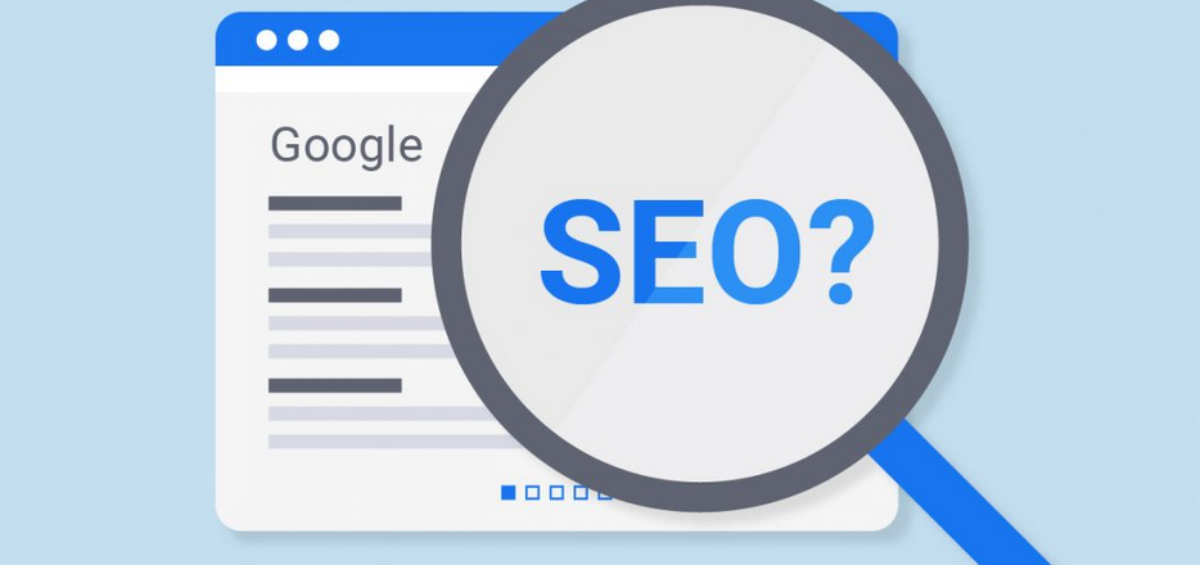To any online business, SEO, or search engine optimisation, is essential. Using SEO techniques can make the difference between a few visits to your website per week, or hundreds.
Search Engine Optimization (SEO) are methods that aid in the improvement of a website’s ranking in the listings of search engines. There are different kinds of listings that are displayed in the results pages of search engines, such as paid inclusion, pay-per-click advertisements, and organic search results. Utilizing SEO can increase the quantity of site visitors that acts on the activity that the site intends.
Sites have different goals for search optimization. Some sites search for all kinds of traffic. A SEO strategy that is broad in scope can be advantageous for sites that cover broad interest, such as directories and periodicals. On the other hand, majority of the sites attempt to maximize their pages for a high quantity of very specific keywords that radiate the possibility of a sale. Usually, focusing on well-chosen traffic produces sales leads of desirable quality, and allows advertisers to pull in more business.
The importance of having a high rank for an advertiser’s site cannot be emphasized enough. Unfortunately, many site owners believe that their site has a high-ranking, when the truth is exactly the opposite. Others who are aware that they do not possess enough presence in search engines do not know that it is possible to achieve the ranking they want, and that they can get it through means that are a lot easier and more efficient.
So what are the techniques that advertisers must employ to maximize their optimization and garner the site activity and profits that they seek? Here are some of the most useful ones.
1. Title tags should be written in a creative way. It should be created with the strongest keyword targets as the basis. It is the most important tag of a web site when it comes to optimization. The specific keyword of the web site that is being optimized should be the one that is placed in the title tag. It goes without saying that every site should have its own title tag.
2. Carefully select the words and phrases to be assigned to Alt tags. Alt tags are not really mandatory, but they are provided for text browsers because images do not get displayed in web browsers, and it is the Alt tags that give information to the users about its significance. The rule in Alt tags is fairly simple: only key phrases or key words should be put in Alt tags, overdoing may cause a site to disappear in search results or get banned from it indefinitely.
3. Manage keyword density. Keyword density is the percentage occupied by keywords or keyword phrases in a web page. Ideally, keywords are used once in the title tag, the heading tag, and in bold text. Keywords should be placed at the top of the page, and phrases can be inserted in every paragraph, depending on how long the paragraph is.
4. Determine the appropriate page size for the site. Speed is a vital element to the success of a site, and it important to both online visitors and the search engines. It is recommended to limit web pages under 15K.
5. Create rich themes for the pages. Search engines are increasingly getting particular about themes. Content should be created as often as possible, and the pages should be maintained to 200 to 500 words. The content should be created in relation to the market, and should be linked to the other related content present on the site.
6. Make the site’s design attractive to the viewer. All efforts in optimization will be in vain if the site is poorly designed and if its contents are hard for viewers to read. There should be more text content than HTML content in the web site. Viewers should be able to use the pages in all major browsers. It should be noted that most search engines veer away from JavaScript and Flash.
7. Stay away from the bad techniques. Utilizing them could get a site blacklisted from the search engines. Spamming is a no-no, and the following techniques are considered spamming: doorway and identical pages, tiny or invisible text, cloaking, usage of keyword phrases in author tags etc.
Advertisers should keep in mind that simplicity is the basis of a successful SEO campaign. Sites should be easy for viewers to locate, follow, and read, and should contain relevant content. Following the techniques above will prove worthwhile for site owners in the future.













Thanks for keeping us updated, a lot of SEO seems common sense.
Nice list of techniques and definitely must have knowledge if any web design or company is looking to increase their ranking on search engines.
Thanks for the tips!
Nice overview of basic on-page SEO. I surprised there haven’t been any negative comments. Some people believe things like the title tag and keyword density are old school. They are not. They are still as important as they have ever been. They may not carry the same weight as they once did in Google’s algorithm, but in many cases, even in 2011, just picking the right keywords and doing basic onpage SEO, is all one needs to do to be on the first page of results for their local market. Competitive cities still require link building of course, but these tips are certainly going to be anyone’s first steps.